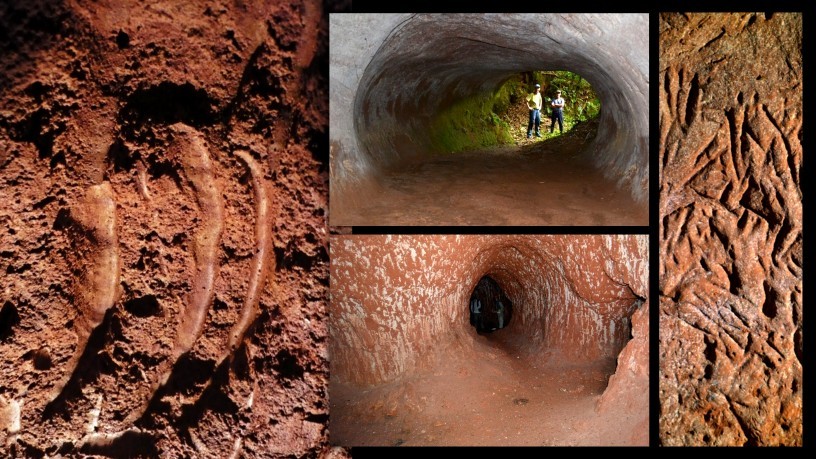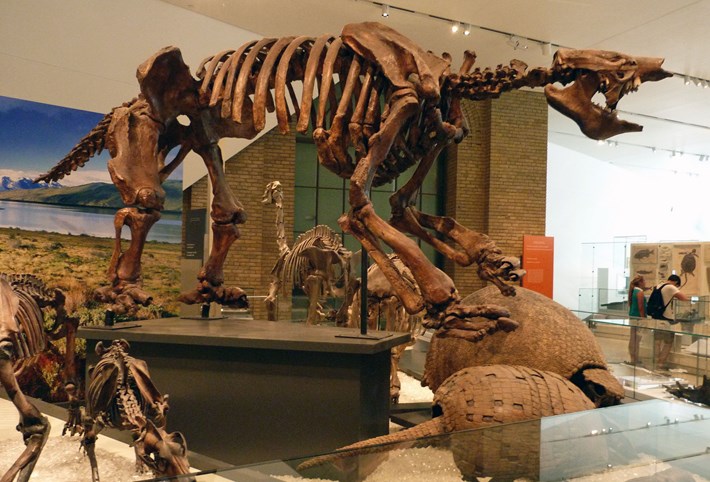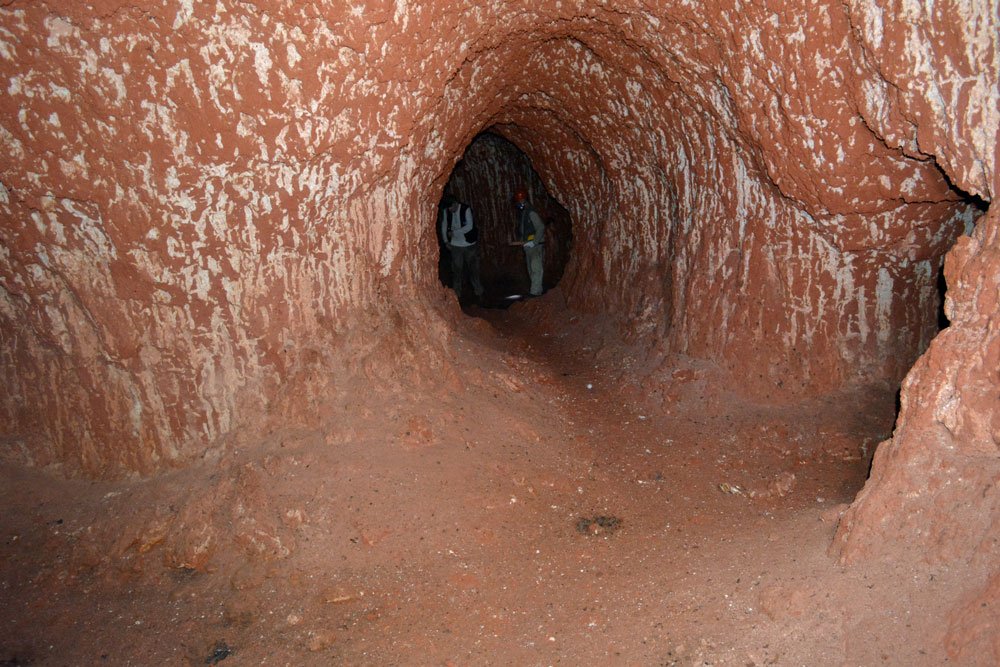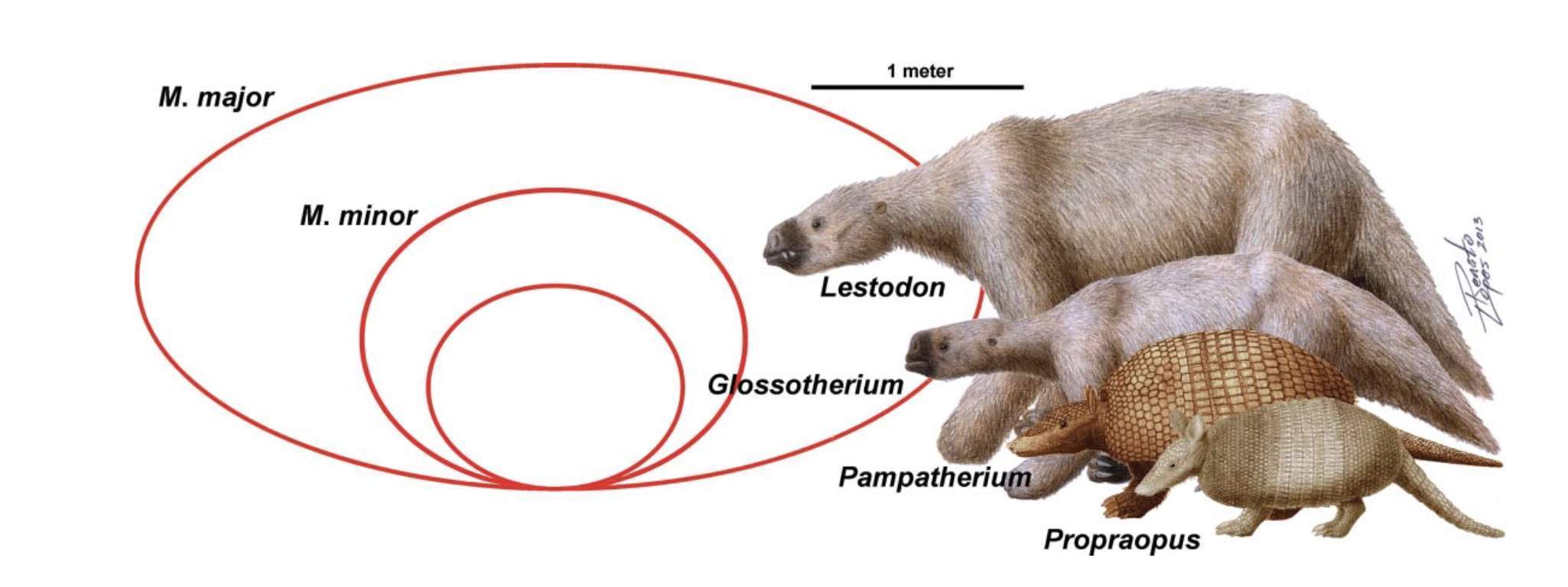In 2010, when geologist Amilcar Adamy from the Brazilian Geological Survey decided to investigate rumours of a peculiar cave in the state of Rondonia, to the north-west of Brazil, he found the existence of several colossal burrows.

In fact, researchers had already discovered numerous similar colossal burrows in entire South America that are so huge and neatly constructed, you’d be forgiven for thinking humans dug them as a passageway through the forest in ancient time.
However, they’re far more ancient than they look, estimated to be at least 8,000 to 10,000 years old, and no known geologic process can explain them. But then there’s the massive claw marks that line the walls and ceilings ― it’s now thought that an extinct species of giant ground sloth is behind at least some of these so-called palaeoburrows.

Researchers have known about these tunnels since at least the 1930s, but back then, they were considered to be some kind of archaeological structure ― remains of caves carved out by our ancient ancestors, perhaps.

The cave structure in the state of Rondonia was huge, and it’s still the largest known palaeoburrow in the Amazon, and is twice the size of the second largest palaeburrow in Brazil.
There are now more than 1,500 known palaeoburrows that have been found in southern and southeastern Brazil alone, and there appear to be two different types: the smaller ones, that reach up to 1.5 metres in diameter; and the bigger ones, that can stretch up to 2 metres in height and 4 metres in width.
On the ceiling and inner walls, researchers got their first big clue about what could be behind their construction ― distinctive grooves in the weathered granite, basalt, and sandstone surfaces, which he’s identified as the claw marks of a massive, ancient creature.

Most consist of long, shallow grooves parallel to each other, grouped and apparently produced by two or three claws. These grooves are mostly smooth, but some irregular ones may have been produced by broken claws.
The discovery seemed to answer one of the long-standing questions in palaeontology regarding the ancient megafauna that roamed the planet during the Pleistocene epoch, from about 2.5 million years ago to 11,700 years ago: Where were all the burrows?
Based on the size of the structures and the claw marks left in their walls, researchers are now confident that they’ve found the megafauna burrows, and have narrowed down the owners to giant ground sloths and giant armadillos.
According to them, there’s no geological process in the world that produces long tunnels with a circular or elliptical cross-section, which branch and rise and fall, with claw marks on the walls.
Below is a picture summary of how the various tunnel diameters match up to known species of ancient armadillos and sloths:

The researchers suspect that the biggest palaeoburrows were dug by humongous South American ground sloths from the extinct Lestodon genus.




